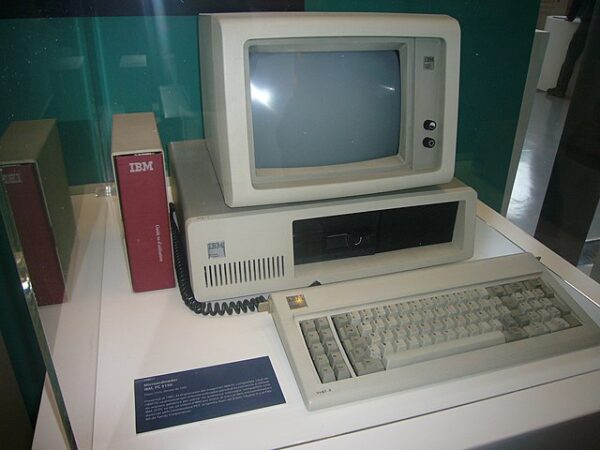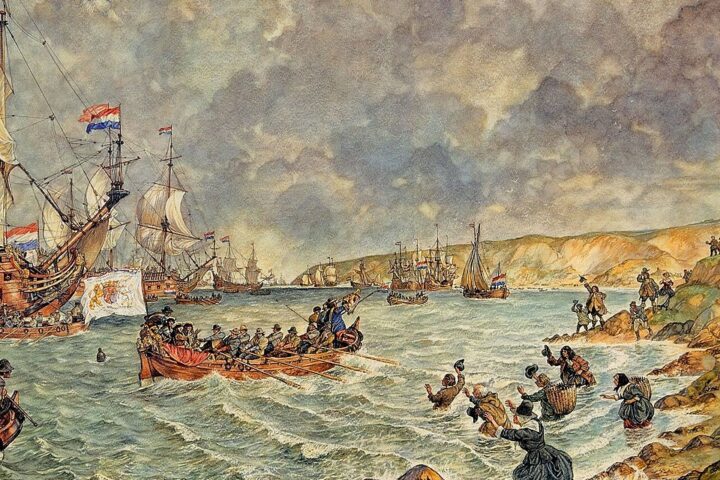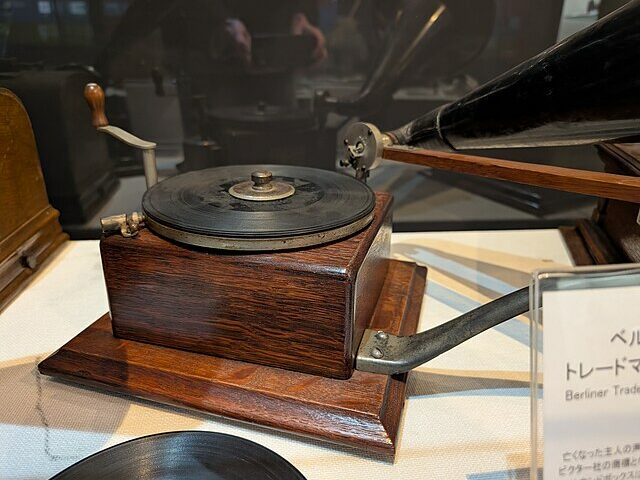On August 12, 1981, IBM revolutionized the world when it offered regular people the power of computing at their fingertips at home or in the office.
The introduction of the IBM Personal Computer, commonly known as the IBM PC marked a pivotal development in technological history, shaping how people work, communicate, and interact with computers. The IBM PC emerged as the first mass-produced personal computer, laying the foundation for the modern computing era.
The computer giant launched its new product at a press conference at the Waldorf Astoria ballroom in New York City, Estridge, announcing the IBM Personal Computer with a price tag of $1,565. The company writes, “Two decades earlier, an IBM computer often cost as much as $9 million and required an air-conditioned quarter-acre of space and a staff of 60 people to keep it fully loaded with instructions. The new IBM PC could not only process information faster than those earlier machines but it could hook up to the home TV set, play games, process text and harbor more words than a fat cookbook.
The $1,565 price bought a system unit, a keyboard and a color/graphics capability. Options included a display, a printer, two diskette drives, extra memory, communications, game adapter and application packages — including one for text processing. The development team referred to their creation as a mini-compact, at a mini-price, with IBM engineering under the hood.
The system unit was powered by an Intel 8088 microprocessor operating at speeds measured in millionths of a second. It was the size of a portable typewriter and contained 40K of read-only memory and 16K of user memory, as well as a built-in speaker for generating music. Its five expansion slots could be used to connect such features as expanded memory, display and printing units and game “paddles.” The unit also ran self-diagnostic checks.
Containing 83 keys, the keyboard was connected to the unit by a six-foot coiled cable, which meant users could rest it in their lap or on the desktop without moving the rest of the system. It also included such advanced functions for the times as a numeric keypad and 10 special keys that enabled users to write and edit text, figure accounts and store data.
Options included:
A printer that could print in two directions at 80 characters per second in 12 different character styles, and also check itself for malfunctions and provide an out-of-paper signal.
A color/graphics monitor with 16 foreground and background colors and 256 characters for text applications. Its graphics were in four colors.
Multiple 32K and 64K memory cards that could be plugged into the option slots to increase memory to 256K.”
The IBM PC’s introduction was a culmination of meticulous planning and innovation within IBM. The company aimed to create a standardized computer system that could be easily adopted by businesses and individuals alike. With a focus on compatibility and open architecture, IBM’s decision to use off-the-shelf components and an open operating system gave rise to a diverse software and hardware development ecosystem.
The hardware specifications of the IBM PC were groundbreaking for its time. It featured an Intel 8088 microprocessor running at 4.77 MHz, 16KB of RAM (expandable to 256KB), and the option of either a cassette tape drive or a floppy disk drive. The system’s versatility and expandability set it apart from other computers of the era, making it a preferred choice for businesses and professionals.
One of the most significant aspects of the IBM PC’s introduction was its impact on software development and the birth of the software application market. The IBM PC’s compatibility with the Microsoft Disk Operating System (MS-DOS) paved the way for developing a wide range of software applications, including word processors, spreadsheets, and games. This flourishing software ecosystem contributed to the IBM PC’s rapid adoption across various industries.
The introduction of the IBM Personal Computer on August 12, 1981, transformed how we all live our lives by paving the way for the technology-driven world we inhabit today.






